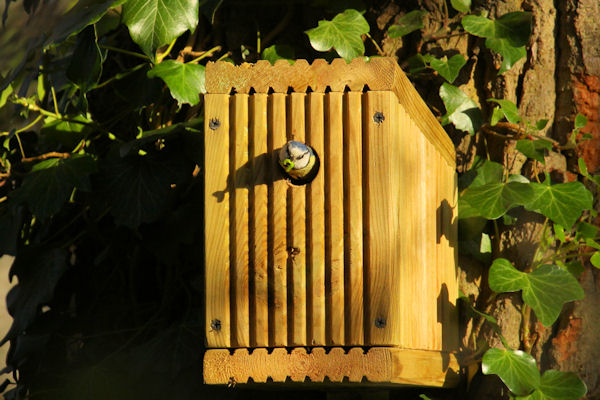Broad-bodied Chaser.
This week has been Dragonfly Week. Being less slick at publicity than the birds and the butterflies, it slipped beneath my radar, but coincidentally, I have been out looking anyway in an attempt to photograph a female Broad-bodied Chaser. A male was was seen in the Dead Tree Clearing and was very accommodating. A female was seen, but wouldn't sit for a close up.
More commonly associated with watery habitats, dragonflies are not expected to figure large on the bio-catalogue for Bicknor Wood, but they frequently venture far and wide as they explore their new airborne life.
The freshly emerged adults are known as tenerals. They are pale at this time, but soon develop the adult colouration and return to the water to seek a mate and breed.
Dragonflies are prolific predators and will chase down flies on the wing before returning to a favoured perch to devour them. Other Odonata have been seen, but not always photographed, or even identified. A Brown Hawker (probably more than just one individual) was seen on 21st July, in the clearing as well as harrying the wildflower prairies. Look for brown wings as well as brown body. A Banded Demoiselle was also seen on 21st in the wildflowers. A damselfly was also seen, but evaded a confident identification. An Azure Damselfly was seen during June. So to date our Odonata list stands at 4.








Comments
Post a Comment